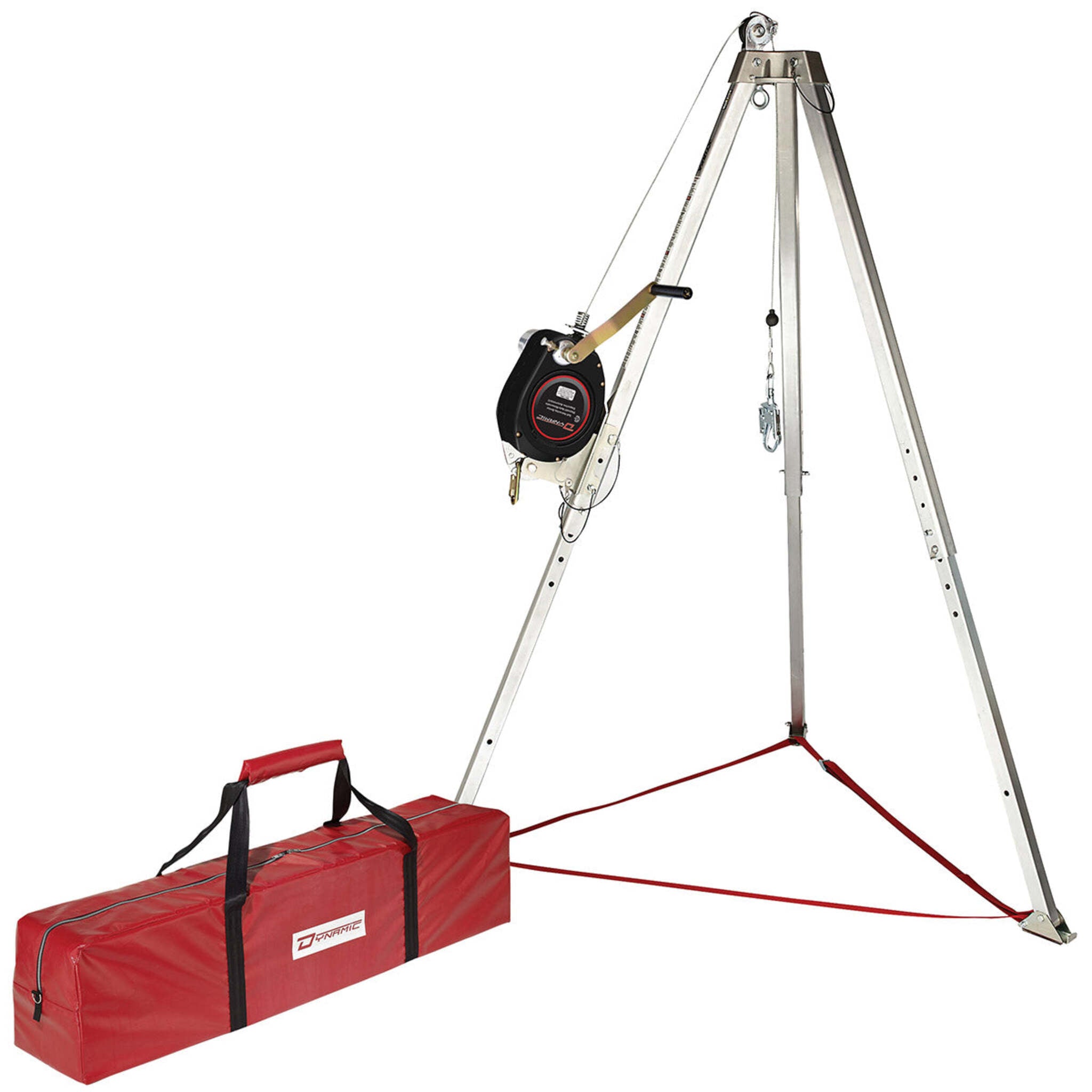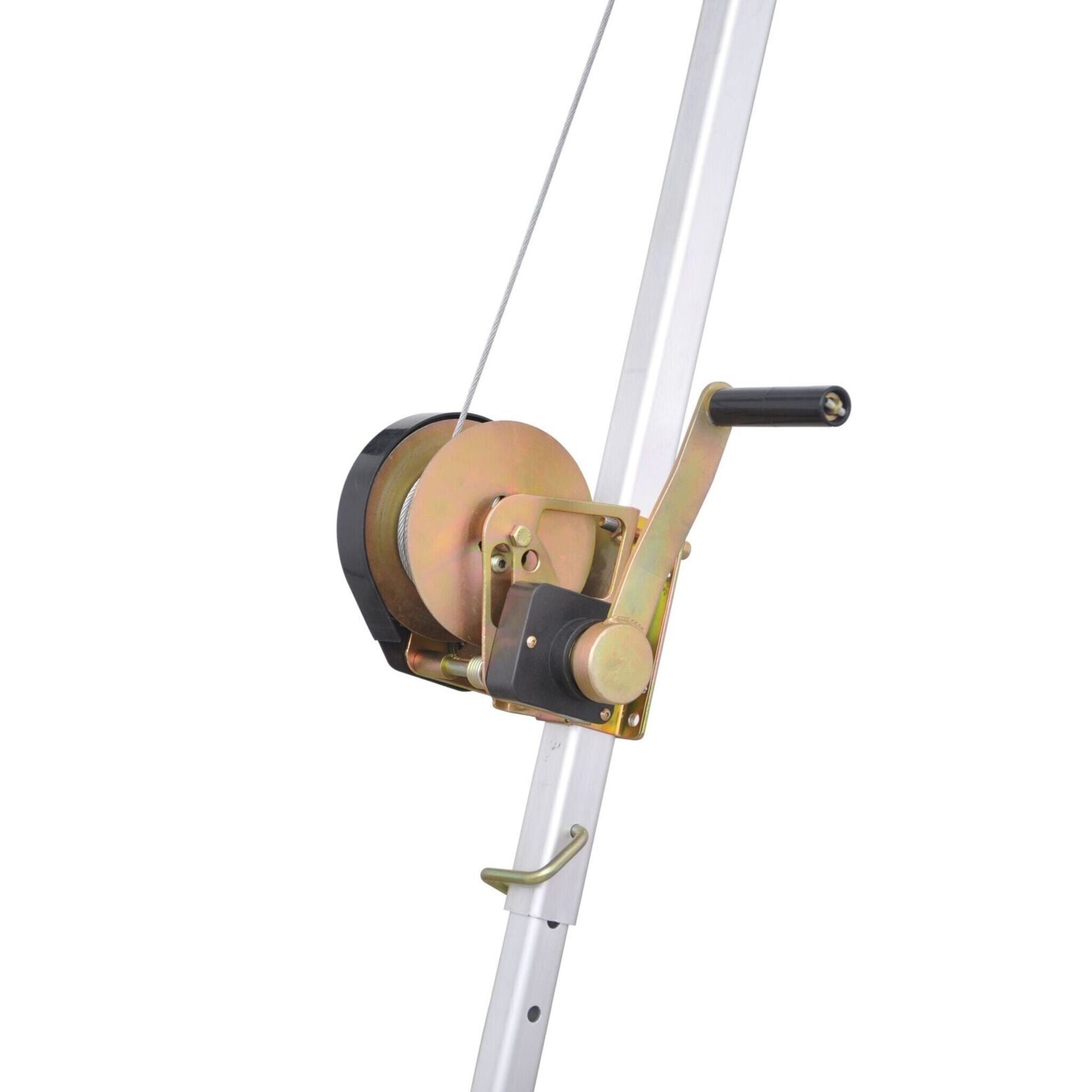Categories
- Shop All (5699)
-
-
- Hi-Vis Chainsaw Safety (14)
- Hi-Vis Coveralls and Overalls (25)
- Hi-Vis Hoodies and Shirts (49)
- Hi-Vis Jackets (35)
- Hi-Vis Pants (21)
- Hi-Vis Rain Wear (47)
- Hi-Vis Vests (51)
- Winter Hi-Vis Bombers and Parkas (25)
- Winter Hi-Vis Coveralls and Overalls (22)
- Winter Hi-Vis Hoodies (4)
- Winter Hi-Vis Pants (3)
- Winter Hi-Vis Vests (6)
-
- Bib Overalls (10)
- Bombers and Parkas (16)
- Coveralls and Overalls (18)
- Disposable Garments (12)
- Flannel and Plaid Work Shirts (20)
- Heated Work Wear (7)
- Hoodies and Sweaters (11)
- Industrial Rainwear (49)
- Pants and Shorts (60)
- Shirts and Sweaters (33)
- Thermal Underwear (41)
- Vests (17)
- Work Jackets (75)
-
-
-
-
- Brooms (2)
- Dust Mops (0)
- Dust Pans and Brushes (4)
- Flow Thru Tools (2)
- Microfiber Mops (0)
- Pool and Tank Tools (2)
- Scrubbers and Scrapers (1)
- Soap and Sanitizer Dispensers (0)
- Sprayers (1)
- Squeegees (1)
- Toilet Brushes and Plungers (3)
- Trash Cans & Bags (8)
- Wet Floor Signs (0)
- Wet Mops and Buckets (6)
-
- Bars and Prying Tools (21)
- Bolt Cutters and Shears (18)
- Chisels and Punches (9)
- Combination Hand Tool Sets (12)
- Extractors (13)
- Files (6)
- Gear Pullers (14)
- Hammers and Mallets (14)
- Hand Saws (22)
- Hex Keys (12)
- Layout and Distance Lasers (1)
- Marking Tools (1)
- Measuring Tools (26)
- Pliers (57)
- Precision Measuring and Testing Tools (24)
- Propane Torches (8)
- Screwdrivers and Nutdrivers (23)
- Sockets (66)
- Tap and Die Sets (11)
- Tool Boxes (27)
- Utility Knives (15)
- VDE Tools (7)
- Wire Cutters and Strippers (14)
- Wrenches (22)
-
- Beveling and Deburring (17)
- Curb and Valve Keys (20)
- Drilling and Tapping (12)
- Extended Impact Sockets (3)
- Flaring and Rerounding (7)
- General Pipe Working Tools (23)
- Guillotine Pipe Cutters (2)
- Hydrostatic Test Pumps (12)
- Internal Pipe Cutters (6)
- Manhole Testing (4)
- PE Peelers (8)
- Pipe Reamers (4)
- Pipe Threading (17)
- Pipe Wrenches (24)
- Plastic Pipe Joint Kits (4)
- Plastic Pipe Saws (5)
- Power Drive (13)
- Quick Release Cutters (15)
- Ratchet Shears (9)
- Ratcheting Wrenches (12)
- Rotary Cutters (3)
- Shut Off Tools (9)
- Soldering Torches (3)
- Vises (7)
-
- Angle Grinders (6)
- Batteries and Chargers (18)
- Bench Grinders (7)
- Circular Saws (3)
- Combo Tool Kits (10)
- Cordless Fans (6)
- Cordless Lighting (15)
- Cut Off Saws (4)
- Drills and Drivers (8)
- Grease Guns (3)
- Impact Drivers (5)
- Jobsite Radios and Speakers (8)
- Lifestyle (7)
- Mitre Saws (2)
- Reciprocating Saws (4)
-
- Angle Grinder Wheels and Brushes (23)
- Bench Grinder Wheels (7)
- Circular Saw Blades (11)
- Drill and Driver Bits (26)
- High Speed Gas Saw Blades (3)
- Holesaws (11)
- Impact Sockets (25)
- Jig Saw Blades (2)
- Oscillating Multi Tool Blades (1)
- Portable Chop Saw Blades (4)
- Power Tool Storage (5)
- Reciprocating Saw Blades (8)
-
-
-
-
- Air Fresheners (2)
- All Purpose Cleaners (19)
- Bowl and Washroom (8)
- Coffee and Breakroom (19)
- Degreasers (3)
- Dishwashing (4)
- Disinfectants and Sanitizers (1)
- Drain Openers (7)
- Hand Cleaners (10)
- Laundry Cleaners (10)
- Paper Products and Wiper Rags (24)
- Scale Removers (4)
- Urinal Pucks and Liquids (5)
- Wet Wipes (2)
-
-
- Ball Valves (13)
- Black and Galvanized Steel Fittings (16)
- Bronze Pipe Fittings and Nipples (13)
- Butterfly Valves (4)
- Check Valves (18)
- Flexible Connectors (4)
- Gate and Globe Valves (6)
- Knife Gate Valves (9)
- Pipe Fitting Accessories (4)
- Schedule 80 PVC Fittings (27)
- Stainless Steel Fittings and Valves (25)
- Victaulic Grooved Fittings (23)
Tripod and Winch Systems
4 products
Showing 1 - 4 of 4 products


What Exactly Are Tripod and Winch Systems?
A tripod and winch system is an essential safety equipment for professionals working in hazardous confined spaces. It consists of a stable, portable tripod that acts as an anchor, and a tripod winch designed for the controlled lifting and lowering of personnel or equipment. For comprehensive safety, a complete confined space tripod kit is vital for operations ranging from routine maintenance to critical rescue missions. A quality tripod kit enhances worker safety and ensures compliance by providing a versatile, reliable, and quickly deployable solution for unpredictable environments.
Key Components of a Tripod Kit
Tripod:This portable anchor features adjustable legs (often in a 7–11 ft height range), non-slip feet, and safety chains to ensure maximum stability on various surfaces. For tougher jobs, a heavy-duty tripod is recommended.
Tripod Winch: This manual or mechanical device is used for lifting and lowering personnel and gear. Many models feature automatic brakes for an extra layer of safety.
Anchor Points: Located at the head of the tripod, these points are used to secure fall protection systems or other retrieval devices.
Accessories: A complete kit often includes harnesses, self-retracting lifelines (SRLs), or combination winch/SRL units that provide both fall arrest and rescue functions.
Explore Tripod and Winch Systems at Our Canadian Warehouse
Peakworks CSK2-65 Confined Space Tripod Kit with 65' Man Winch
The Peakworks CSK2-65 Confined Space Tripod Kit with 65' Man Winch is a premium safety solution designed for durability and ease of use in demanding environments. This kit features a 65-foot tripod winch and a lightweight aluminum tripod with adjustable, lockable legs, ensuring a quick single-person setup. Safety is maximized with non-slip rubber feet, a safety chain, a centralized pulley system for balanced operations, and two additional anchorage points on the steel head. This heavy duty tripod is built to withstand temperatures from -35°C to +35°C and supports up to 151 kg (310 lb), exceeding CSA, ANSI, and OSHA standards.
Peakworks CSK3-60 Confined Space Tripod Kit
The Peakworks CSK3-60 Confined Space Tripod Kit is a professional-grade tripod kit designed for confined space entry, rescue, and recovery. It features a unique center-mounted pulley for precise balance and optimal headroom. Its lightweight aluminum tripod has adjustable locking legs with non-slip rubber feet for stability on varied surfaces. This comprehensive confined space tripod kit includes a 60' galvanized wire rope SRL and a 65' tripod winch with a 4:1 mechanical advantage. Built with corrosion-resistant materials, it offers quick setup and portability, making it ideal for industrial operations.
FAQs
1. What makes these systems different from regular lifting equipment?
Unlike standard lifting gear, a tripod and winch system is designed specifically for confined space safety. Its lightweight yet strong frame provides a stable anchor point where conventional cranes can't fit, while the tripod winch ensures the safe and controlled movement of workers or victims.
2. How portable is a tripod for field operations?
Portability is one of their biggest advantages. Most tripod units are made from lightweight aluminum with foldable legs, allowing them to be easily carried and set up by one person. Despite their compact design, they provide the robust stability needed for demanding jobs.
3. What industries benefit most from using a tripod kit?
A tripod kit is indispensable in industries where confined space entry is routine, such as utilities, oil and gas, construction, and wastewater treatment. Municipal workers also rely on them for tasks like manhole inspections and pipeline maintenance.
4. How do you know the right confined space tripod kit to use for a job?
The choice depends on factors like the depth of the space, the weight of the worker and equipment, and the frequency of use. For frequent use in harsh conditions, a heavy-duty tripod is often the best investment. You must also consider the winch line length and whether the system includes additional safety features.
5. Does a tripod and winch system require regular maintenance?
Yes, routine inspections are crucial. Operators should check for wear on cables, test the tripod winch mechanism, inspect the tripod joints for cracks or corrosion, and confirm stability before every use. Following the manufacturer's schedule extends the equipment's lifespan and prevents accidents.







